Why You (Still) Might Need a High Frequency Radio Aboard, Part 2
Because of their extreme range and relatively low cost to buy, install and operate, HF/SSB radio is popular for blue water passagemakers, world cruisers and anglers who fish far offshore, even now in the age of satellite communication systems dedicated to boaters.
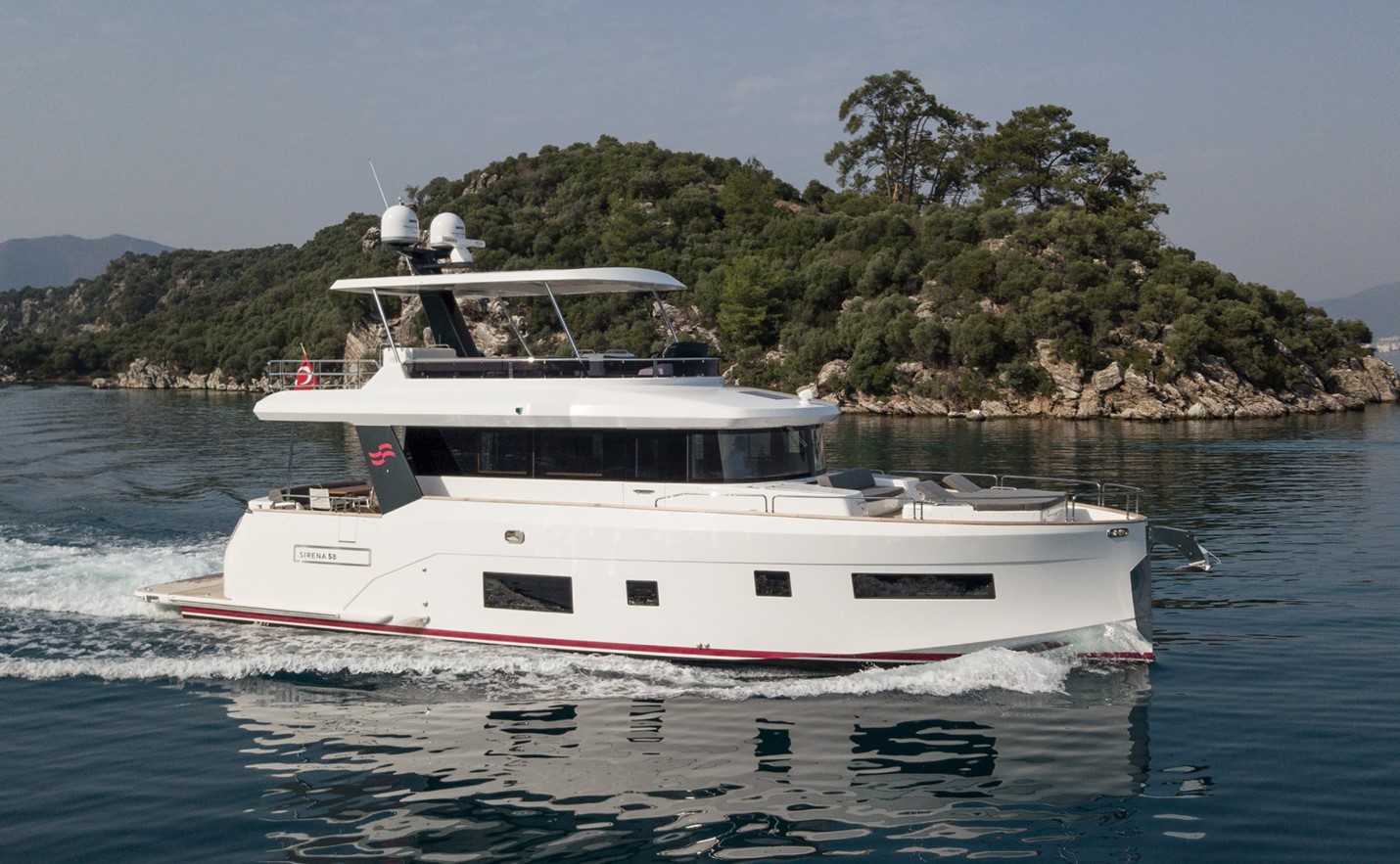
The range can be thousands of miles with the right equipment. The distance you can reliably communicate with HF/SSB depends on many factors, including:
• the time of the day
• the season of the year
• the frequency in use
But when things are right, you can reach out and touch people all over the world to seek help, information or simple companionship at sea.
“Propagation" is the reason that HF radios can communicate at longer distances. Simply put, propagation is the refraction/reflection of radio waves by the different layers of the ionosphere—the sky far above our heads.
However, radio wave propagation is sometimes a cause of headaches for new HF radio operators. If you’re got a system capable of communicating at 1500 NM, why can’t you talk to the Coast Guard only 250 NM away?
Basically, because with the higher frequencies needed for long range communications, the ground wave may not reach the station and the sky wave may pass right over it. There is a “skip zone” in your coverage—check this illustration:
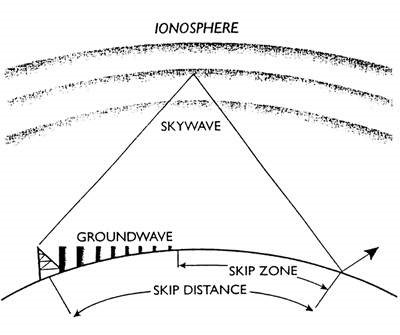
Selecting the right frequency is also critical to long-range communication. Some rules of thumb on frequency selection include:
• The higher the sun above the horizon the higher the frequency you will need to communicate
• For the same frequency you can generally communicate further at night than during the day
• Winter is better than summer for improving the distance you can communicate
• The higher the frequency, generally the further you can communicate.
There are a number of computer programs and applications on the market to assist you in selecting the right frequency to use for communications.

One of the reasons HF radio remains popular with long-range cruisers is the digital communications capability.
The system can send and receive digital data through a wireless email service provider at minimal cost.
Services that provide email include low cost SailMail or the free ham service Winlink.
This capability is based on the SCS Pactor radio modem.
A sender creates an email in a software program called AirMail. This digital data is converted to analog by the modem, then transmitted by the HF radio to a shore station.
This station receives the analog data, and a modem converts it to digital and sends it to the email address anywhere in the world. Thousands of cruisers, racers, commercial and military users have made HF radio email a reliable standard.
Weather knowledge is a must for long range cruising and offshore angling and HF radio also readily access this data.
Free weather data is broadcast worldwide by various government services, but you need a system to access it—HF/SSB provides that access via weather fax (wxfax), navigational text (navtex), text (telex) and GRIdded Binary files (GRIB) as well as voice broadcasts.
GRIBs are sent as free emails and are based on computer models of current and future wind conditions.
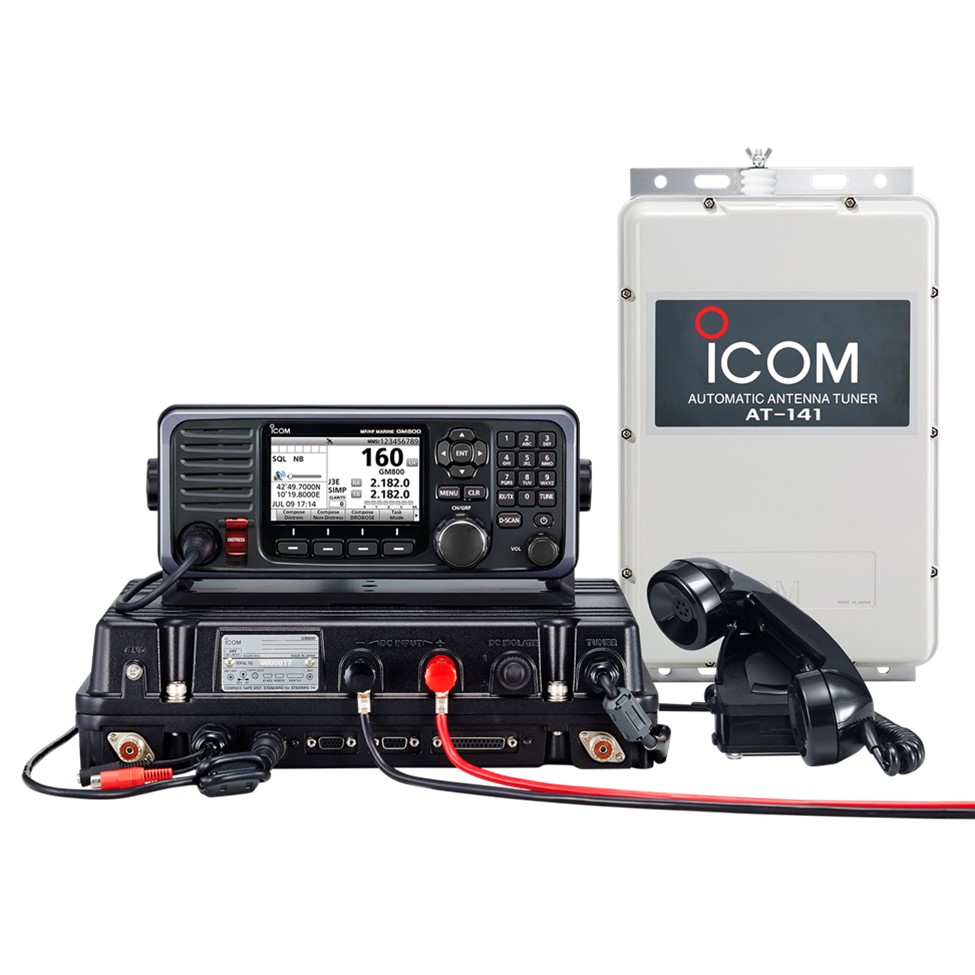
Digital Selective Calling
The addition of the proven, worldwide Digital Selective Calling (DSC) to HF radio (as well as VHF for nearshore) has gone a long way to enhance offshore safety.
This system allows you to broadcast an emergency digital signal by pushing one button. This message contains information about you and your vessel, the nature of your emergency and your Global Positioning System (GPS) coordinates.
In addition, an ‘individual calling’ feature of DSC allows you to signal other vessels if you have their Maritime Mobile Service Identity (MMSI) number.
This number is broadcast on the global standard Automatic Information System (AIS) by all commercial vessels.
Unlike the DSC system on marine VHF FM radios which have about a 20-nautical-mile range, HF DSC is extremely long range and therefore can reach a larger number of commercial or recreational vessels from remote locations.
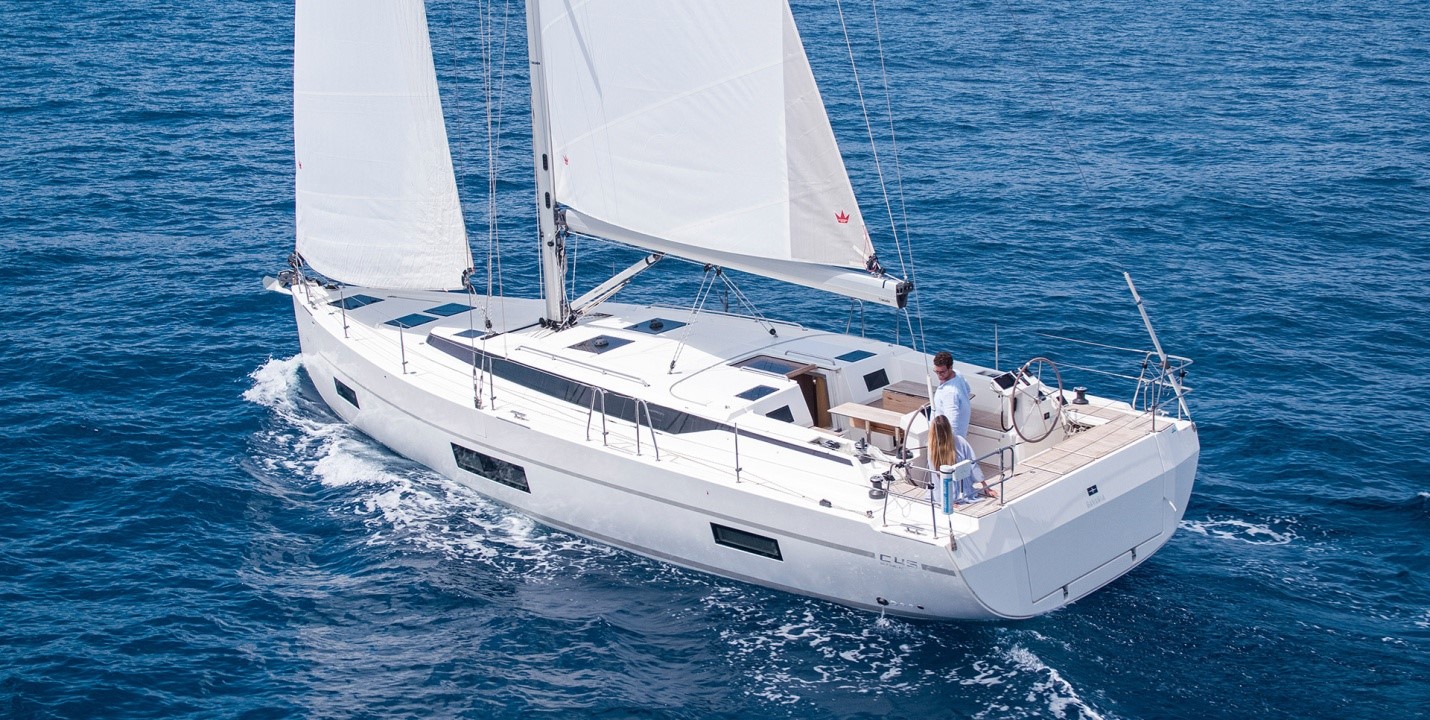
Advantages over SatCom
One of the main advantages of marine SSB is the ability to have a multiparty conversation for the exchange of information. Satellite communications is like an (expensive) telephone call – you can only talk to a specific person at a specific time. You can’t talk to a group.
SSB gives mariners the ability to share information with one another about weather, ports of call, cruising conditions etc. Marine SSB is more like an internet chat group than a phone call.
Listen to International Broadcast Stations
Your marine SSB radio can also be used to receive (and in certain cases, transmit) other services that share frequencies adjacent to the marine band. You can tune into worldwide international broadcast stations and find out the latest news anywhere.
Receive Weather Facsimile Charts for Free
You can easily interface your weather facsimile decoder with your marine HF radio and download weather charts for your particular area of interest.
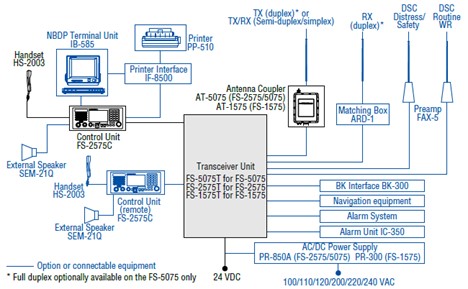
More about HF E-Mail
Unlike satellite systems there are no airtime charges to use radio email, just an annual subscription.
However, there are some significant downsides to the radio-email which need to be considered when making an equipment choice.
Firstly it is a “single-user” system, which means that only one boat can use a specific frequency to connect to the land-station at any one time. Given that the connection frequency is determined by location and time of day (called “radio propagation”) this can lead to long waits to make a connection.

While there are programs for your laptop designed to work with radio-email and make the process easier, it is definitely true that using radio-email requires greater operator skill than a satellite connection.
Plus the purchase cost for the pactor modem, around $400 to $600, adds further to your equipment set-up bill. SSB, unlike sat phones, allows an unlimited number of people to listen to a transmission at the same time. SSBs are able to actively participate in weather and fishing reports and other fleet news.

Licenses Required
HF/SSB radios typically are more complex to operate than the typical VHF marine radio, and most countries including the U.S. require that vessels operating MF/HF SSB radios must have a station license. The radio operator must also be licensed to operate them.
Here are a couple sources of added information: Ship Station Licensing, Radio Operator Licensing.
You’ll want to study how to operate your radio a bit before trying to depend on it for communication on a long voyage. Whether you choose some type of formal training or self-instruction you will need a good grasp of HF radio procedures to be able to operate the MF/HF-Single Sideband Radio efficiently.

Bottom Line: Why You Might Want Both a Sat-Com and an HF-SSB Aboard
While a satellite phone is a suitable device for contacting emergency services, there are some disadvantages when compared to an HF/SSB radio.
• An SSB DSC distress call will activate the Global Maritime Distress and Safety System (GMDSS) to your emergency when it is received, automatically. You can do this with a phone call too, but it’s not automatic.
• Your SSB Distress call is broadcast to every ship in range, and range can be hundreds or thousands of miles. A satellite call goes to one number.
• The distress call is broadcast to ships closer to your vessel; far offshore your most likely rescue is from nearby marine traffic.
• Commercial ships are required to monitor GMDSS frequencies, so any ship nearby can pick up your call.
• Rescue vessels without sat-phone capability can reach you to coordinate a response via radio.
All things considered, in terms of price, cost of use, and the many applications available for communication and information access in distant locations, modern high-frequency/single sideband radios are well deserving of a spot on the console of any offshore boater or angler.
See more on High Frequency/Single Sideband Radios here:
Icom: https://www.icomamerica.com/en
Furuno: https://www.furuno.com/en